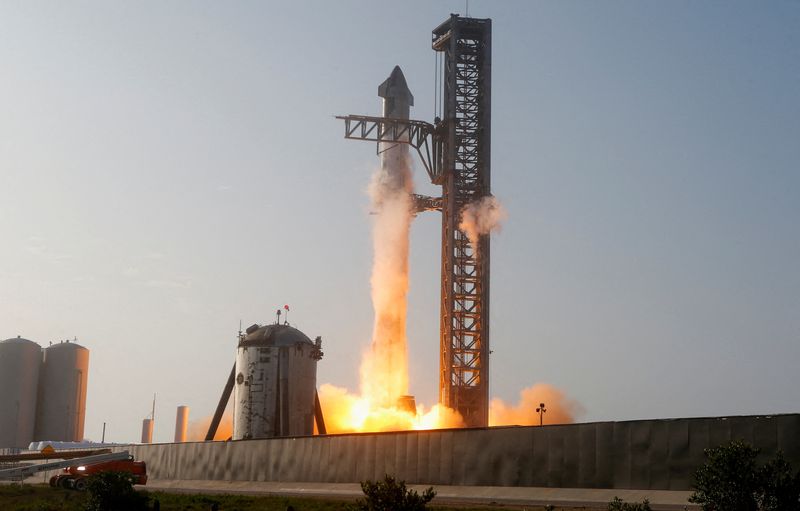(Reuters) – The $250,000-a-head expedition that vanished this week en route to the deep-sea wreck of the Titanic ocean liner is just one example of extreme tourism that is becoming more commonplace for those who can afford it.
From Earth’s tallest peaks to suborbital space, here are some of the other exploits that can be attempted:
SPACE TRAVEL
A three-way competition between billionaire entrepreneurs Jeff Bezos, Elon Musk, and Richard Branson has spurred the development of a nascent astro-tourism industry.
Branson’s Virgin Galactic Holdings said last week its first commercial spaceflight, called “Galactic 01”, would launch between June 27 and June 30. The company has a reported backlog of 800 customers for the roughly 90-minute up-and-back flights, most of whom have paid between $250,000 and $400,000 for their tickets.
Since June 2021, when the first seat was sold for $28 million, Bezos’ space tourism venture Blue Origin has offered 10-minute flights to an altitude of about 350,000 feet (106 km), where passengers experience a few moments of weightlessness before descending back to Earth.
A Japanese billionaire has already bought every seat on the maiden voyage of Musk’s SpaceX Starship rocket, which is intended to spend three days circling the moon and come within 200 kilometers of the lunar surface. Initially scheduled for 2023, the flight has been delayed by failed tests of the vehicle.
EARTH-BOUND EXPEDITIONS
Meanwhile, on Earth, rich tourists disinclined to make grueling treks through some of the planet’s toughest terrain can fly overhead or book private helicopters instead.
Before he set his sights on space, Branson was one of an elite group of extreme hot-air balloon travelers, becoming the first to traverse the Pacific Ocean in a balloon in 1991. Other wealthy individuals have set more distance, height, and duration records in the past few decades.
Heli-skiing services have launched in the snowy Himalayan mountains of Indian Kashmir, between India and Pakistan, during lulls in violence between Muslim separatists and the New Delhi government.
Mount Roraima, a mystic, flat-topped mountain on the Venezuela-Brazil border that inspired Arthur Conan Doyle’s 1912 “The Lost World” novel and was once only accessible to the Pemon indigenous people, now attracts thousands of hikers each year – and a few visitors who arrive at the top via helicopter.
(Reporting by Julia Harte; editing by Donna Bryson and Rosalba O’Brien)

